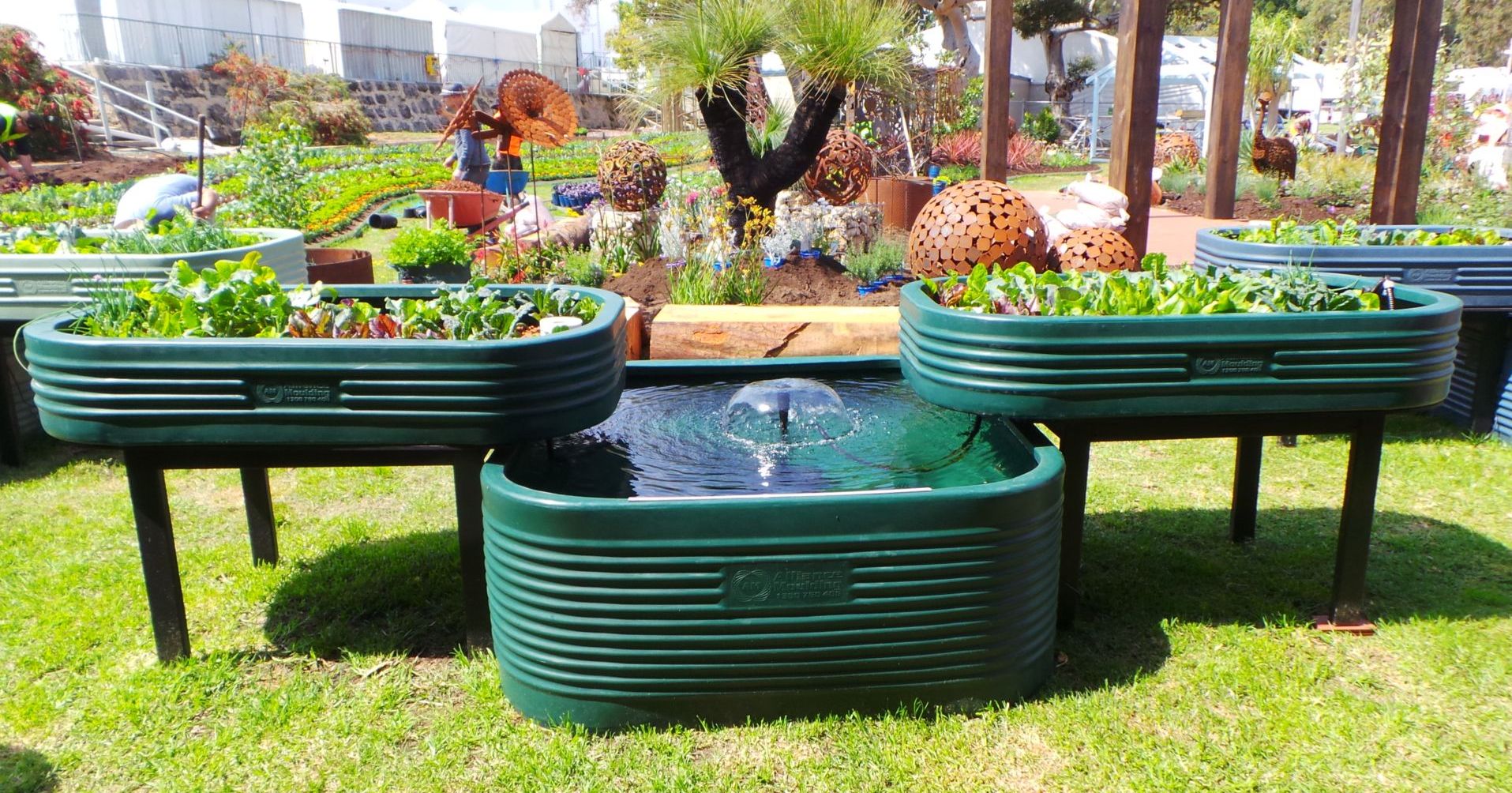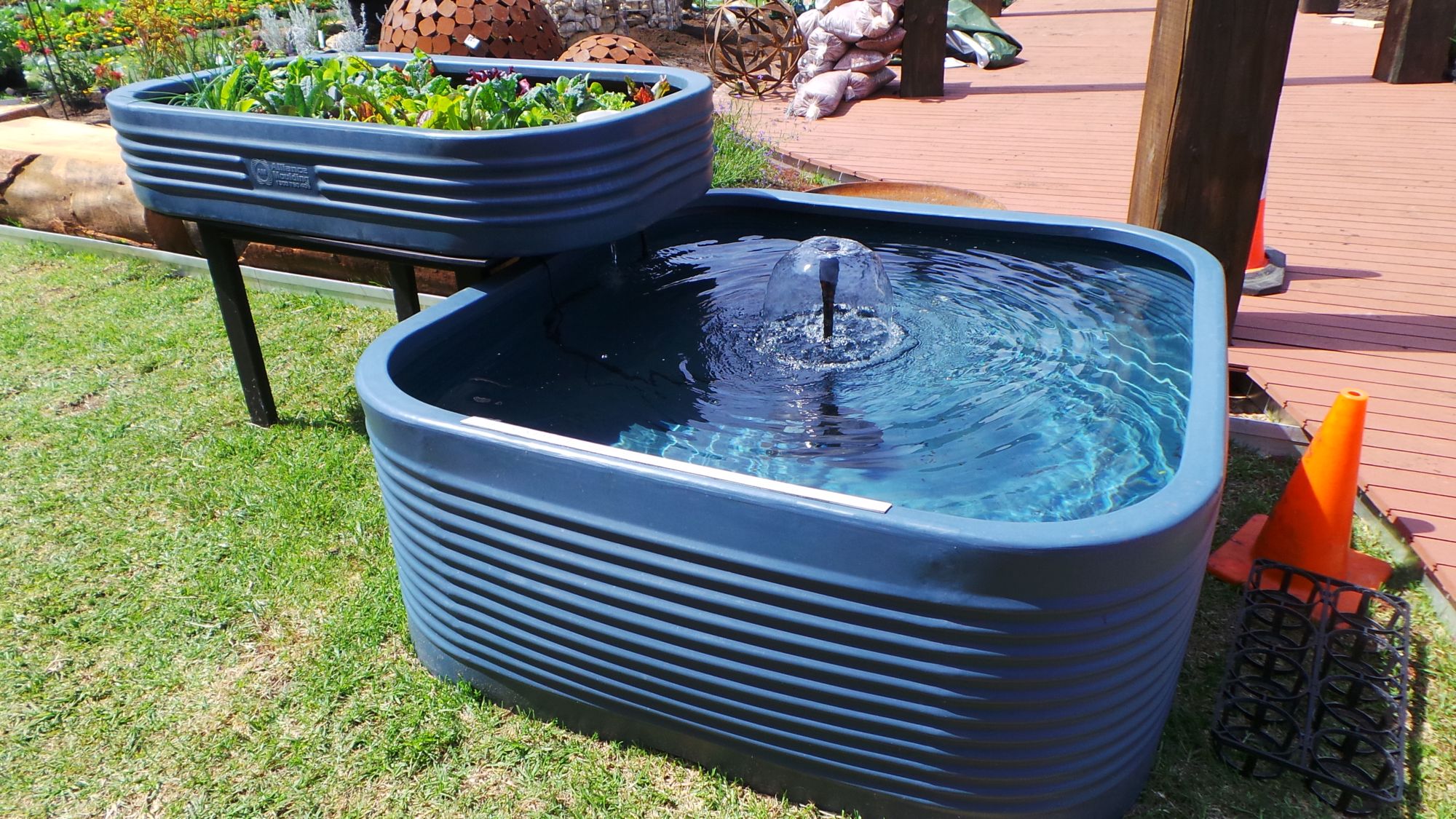Discover the world of aquaponics equipment for sale and embark on a journey of sustainable food production. From essential beginner gear to advanced solutions for experienced enthusiasts, this comprehensive guide will equip you with the knowledge and insights to make informed decisions for your aquaponics system.
As you delve into this exploration, you’ll gain a deep understanding of the various equipment types, their functions, and the factors to consider when choosing the right tools for your unique needs. Whether you’re just starting out or looking to enhance your existing system, this guide will serve as your trusted companion.
Aquaponics Equipment Types
Aquaponics systems require a variety of equipment to function effectively. These components work together to create a balanced ecosystem that supports both fish and plants.
The following is a comprehensive list of equipment commonly used in aquaponics systems, along with descriptions and explanations of their functions:
Grow Beds
- Grow beds are containers where plants are grown in an aquaponics system.
- They can be made from a variety of materials, such as plastic, wood, or metal.
- Grow beds provide a place for plants to root and grow, and they also help to filter the water.
Fish Tank
- The fish tank is where the fish are kept in an aquaponics system.
- It should be large enough to provide the fish with plenty of space to swim and grow.
- The fish tank also needs to be equipped with a filtration system to keep the water clean.
Water Pump
- The water pump is used to circulate the water between the fish tank and the grow beds.
- It is important to choose a water pump that is powerful enough to circulate the water throughout the system.
- The water pump should also be energy-efficient.
Filter
- The filter is used to remove waste from the water.
- There are a variety of different types of filters available, so it is important to choose one that is appropriate for the size of the system.
- The filter should be cleaned regularly to keep it working properly.
Aeration System
- The aeration system is used to add oxygen to the water.
- This is important for the health of the fish and the plants.
- There are a variety of different types of aeration systems available, so it is important to choose one that is appropriate for the size of the system.
pH Monitor
- The pH monitor is used to measure the pH of the water.
- The pH of the water should be between 6.5 and 7.5.
- If the pH of the water is too high or too low, it can harm the fish and the plants.
Nutrient Monitor
- The nutrient monitor is used to measure the nutrient levels in the water.
- The nutrient levels should be kept within a certain range for the plants to grow properly.
- If the nutrient levels are too high or too low, it can harm the plants.
Essential Equipment for Beginners

Embarking on your aquaponics journey can be exciting, but it’s crucial to equip yourself with the necessary tools for success. This table Artikels essential equipment for novice aquaponics enthusiasts, along with their benefits and considerations.
Essential Equipment for Beginners
| Equipment | Description | Benefits | Considerations |
|---|---|---|---|
| Fish Tank | Holds the fish and provides a stable environment for their well-being. | – Ensures optimal fish health and growth
|
– Size should accommodate the number of fish
|
| Grow Bed | A raised bed filled with a growing medium where plants are grown. | – Provides support and nutrients for plants
If you’re looking to start an aquaponics system, you’ll need to purchase some equipment. You can find everything you need for sale online, including grow beds, pumps, filters, and fish tanks. If you’re not sure where to start, you can check out our guide on aquarium aquaponics setup . Once you have your equipment, you can start growing your own food and raising fish at the same time. Aquaponics is a great way to save money, eat healthy, and reduce your environmental impact.
|
– Size and material should match the plant species
|
| Water Pump | Circulates water throughout the system, providing oxygen and nutrients to both fish and plants. | – Maintains water flow and aeration
|
– Size and flow rate should meet the system’s needs
|
| Filter | Removes waste and debris from the water, ensuring a healthy environment for fish and plants. | – Maintains water quality
|
– Type and size should match the system’s size and stocking density
|
Advanced Equipment for Experienced Aquaponics Enthusiasts
As aquaponics practitioners gain experience, they may incorporate advanced equipment to enhance their systems’ efficiency and capabilities. These advanced tools provide greater control over environmental parameters, automate tasks, and improve fish and plant health.
Some advanced equipment commonly used by experienced aquaponics enthusiasts includes:
pH and Conductivity Meters
- pH Meters:Accurately measure the acidity or alkalinity of water, allowing for precise pH adjustments essential for optimal fish and plant growth.
- Conductivity Meters:Measure the electrical conductivity of water, indicating the presence of dissolved solids and nutrients, aiding in nutrient management.
Automated Feeders
- Timed Feeders:Dispense fish feed at predetermined intervals, ensuring consistent feeding schedules and reducing overfeeding.
- Demand Feeders:Monitor fish activity and automatically dispense feed when fish show signs of hunger, optimizing feed utilization and minimizing waste.
Oxygenation Systems
- Diffusers:Introduce oxygen into the water through tiny bubbles, increasing dissolved oxygen levels crucial for fish health.
- Venturi Injectors:Use the flow of water to create a vacuum, drawing in air and injecting it into the system, providing aeration without additional energy input.
Temperature Control Systems, Aquaponics equipment for sale
- Heaters:Maintain water temperature within an optimal range for fish and plants, especially during colder months.
- Chillers:Lower water temperature during hot periods, preventing overheating and stress in fish.
Lighting Systems
- Grow Lights:Provide supplemental or full-spectrum lighting for indoor or low-light environments, promoting plant growth and photosynthesis.
- Timers:Control the duration and intensity of lighting, mimicking natural day/night cycles and optimizing plant development.
Equipment Maintenance and Troubleshooting: Aquaponics Equipment For Sale
Proper maintenance and troubleshooting techniques are crucial for ensuring the longevity and optimal performance of your aquaponics equipment. By adhering to these guidelines, you can extend the lifespan of your components and minimize downtime.
Regular maintenance involves cleaning, inspecting, and calibrating your equipment. Cleaning removes debris and buildup that can hinder performance, while inspection allows you to identify potential issues early on. Calibration ensures that your equipment is operating within its optimal parameters.
Cleaning
- Clean pumps and filters regularly to prevent clogging and ensure proper water flow.
- Use a soft brush or cloth to remove algae and debris from grow beds and tanks.
- Check for leaks and tighten connections as needed.
Inspection
- Inspect pumps for wear and tear, such as damaged impellers or worn-out bearings.
- Check filters for clogging and replace filter media as necessary.
- Examine grow beds for any signs of damage or deterioration.
Calibration
- Calibrate pH meters regularly using standard solutions.
- Check and adjust timers to ensure accurate lighting and feeding schedules.
- Monitor water temperature and adjust heaters or chillers as needed.
Troubleshooting
If you encounter any issues with your aquaponics equipment, follow these troubleshooting steps:
- Identify the problem and its symptoms.
- Check for any loose connections or blockages.
- Refer to the equipment manual for specific troubleshooting instructions.
- If the problem persists, contact the manufacturer or a qualified technician for assistance.
Equipment Sourcing and Pricing

Acquiring aquaponics equipment is a crucial aspect of setting up your system. Various sources offer a wide range of options, so it’s essential to research and compare prices to find the best deals.
Online marketplaces like Amazon and eBay offer a vast selection of equipment from different sellers, allowing you to compare prices and read reviews. However, ensure you check the reputation and reliability of sellers before making purchases.
Specialized Aquaponics Suppliers
Specialized aquaponics suppliers often carry a comprehensive range of equipment tailored to aquaponics systems. These suppliers typically have knowledgeable staff who can provide guidance and support.
Local Hardware and Garden Stores
Local hardware and garden stores may carry some basic aquaponics equipment, such as grow beds, pumps, and filters. While the selection may be limited, these stores offer the advantage of in-person shopping and immediate availability.
Tips for Finding the Best Deals
- Compare prices from multiple sources before making a purchase.
- Look for sales, discounts, and promotions offered by suppliers.
- Consider purchasing used equipment from reliable sources to save money.
- Join aquaponics forums and online communities to connect with other enthusiasts and share tips on finding the best deals.
Ending Remarks
With a comprehensive understanding of aquaponics equipment for sale, you’re now empowered to make informed choices and optimize your system’s performance. Remember, the journey of aquaponics is an ongoing process of learning, experimentation, and continuous improvement. As you navigate this path, may this guide serve as a valuable resource, inspiring you to create a thriving and sustainable aquaponics system.
FAQ Resource
What are the essential pieces of equipment for a beginner aquaponics system?
For beginners, essential equipment includes a fish tank, grow bed, water pump, air pump, and filter. These components form the core of an aquaponics system, providing the necessary environment for fish and plants to thrive.
How do I choose the right equipment for my aquaponics system?
Consider the size of your system, the number of fish you plan to keep, and the types of plants you want to grow. Research different equipment options, compare prices, and read reviews to make informed decisions.
Where can I find aquaponics equipment for sale?
You can find aquaponics equipment for sale at specialized online retailers, local hardware stores, and aquaculture supply companies. Compare prices and shipping costs to find the best deals.
